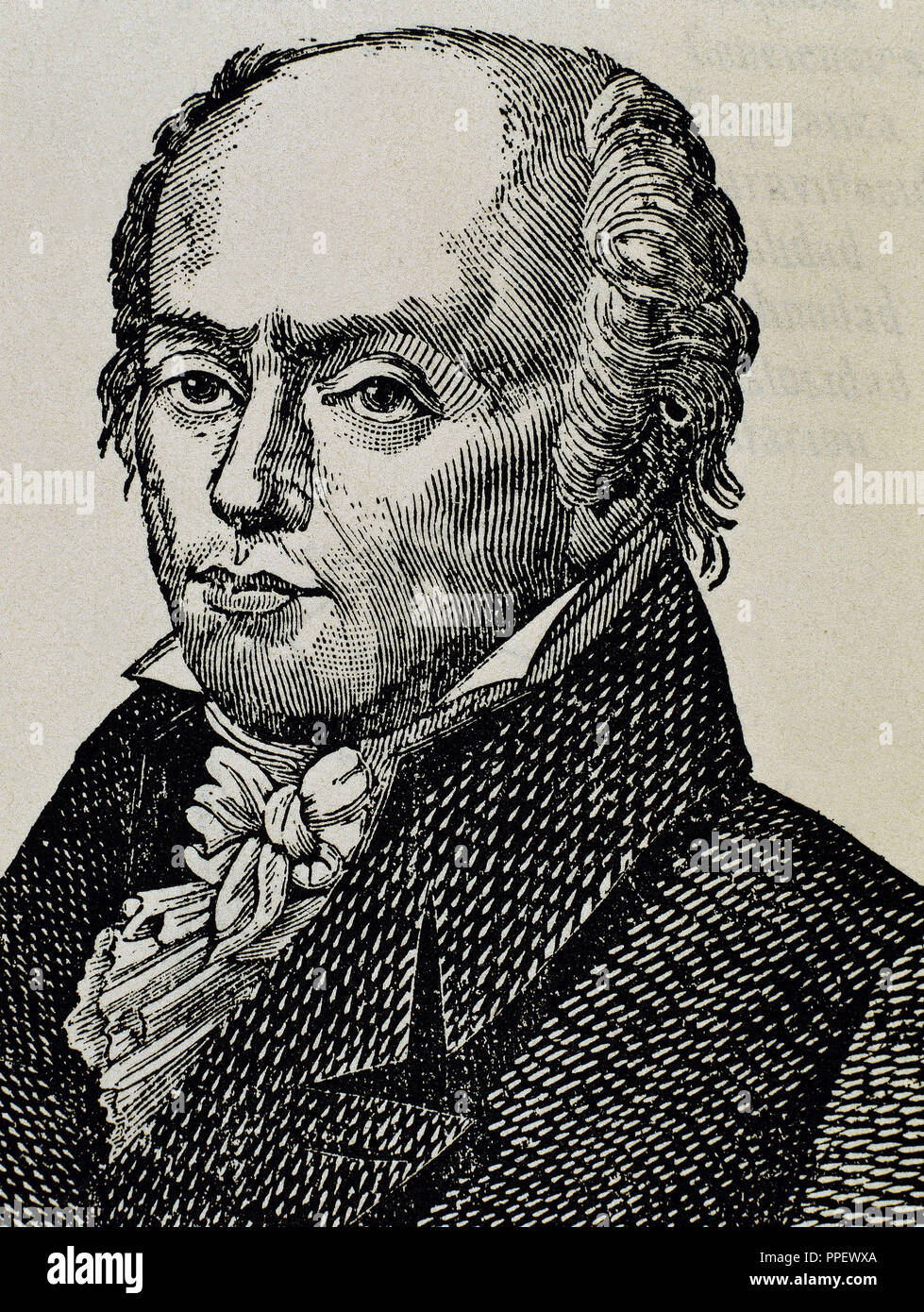
:max_bytes(150000):strip_icc()/franz_gall-ad65f18786064531be29c45914f5535a.jpg)
Warmly received by those that listened to what he had to say, he proceeded to lay out the fundamentals of his revolutionary doctrine in a published letter to the Viennese censor (who endorsed what he was doing) in 1798.

But he did not name any alternative faculties, and he wrote nothing about craniology, which would soon emerge as his primary method for correlating brain structures with specific functions.įive years later, and still without an academic appointment, he began to lecture about the doctrine now firmly tied to his name, doing so at his stately home, where he had already begun to build a sizeable collection of skulls and head casts, along with some brain casts. In it, he dispensed of metaphysics and briefly alluded to the possibility of there being more than just a few independent faculties of mind, such as the time-honored concepts of perception, cognition, and memory. In 1791, Gall published the first volume of a small book showing the need for an empirical approach to medicine ( Gall, 1791). How Gall continued to associate the reproductive instinct with the cerebellar cortex, even after deleting his other brainstem-based associations from his faculties of mind, tells us much about him and the faith he had in his methods and doctrine. Gall responded that ablation methods lack precision and lead to misguided conclusions. Flourens did not design his experiments to challenge Gall’s ideas on localization of function, but they did just that. It is also shown that, in opposition to his cerebellar–reproductive drive association, Marie Jean Pierre Flourens linked coordinated skeletal movements to the cerebellum after conducting lesion experiments, mainly on birds. He based his structure–function association primarily on cranial differences between men and women, and what he found in males and females of other species, although cranioscopy was not his sole method. These early accounts show that early on he localized at least four faculties in brainstem structures, including a reproductive drive in the cerebellar cortex. It draws from accounts by several physicians, who attended his Vienna lectures or heard him speak in Germany and the Netherlands in 1805–1806. This article examines Gall’s earlier subcortical organs, with an emphasis on why he associated the cerebellum with this drive. All but one of Gall’s 27 settled-upon cortical faculties involved the cerebral cortex, the exception being his most primitive faculty, reproductive instinct, which he associated with the cerebellar cortex.



 0 kommentar(er)
0 kommentar(er)
